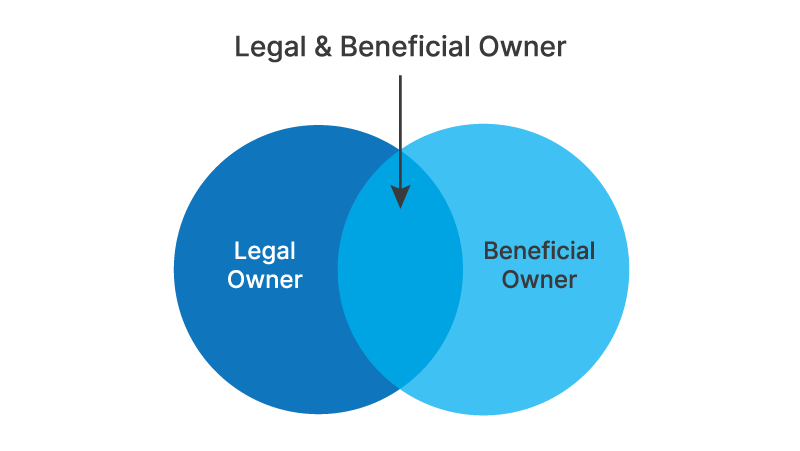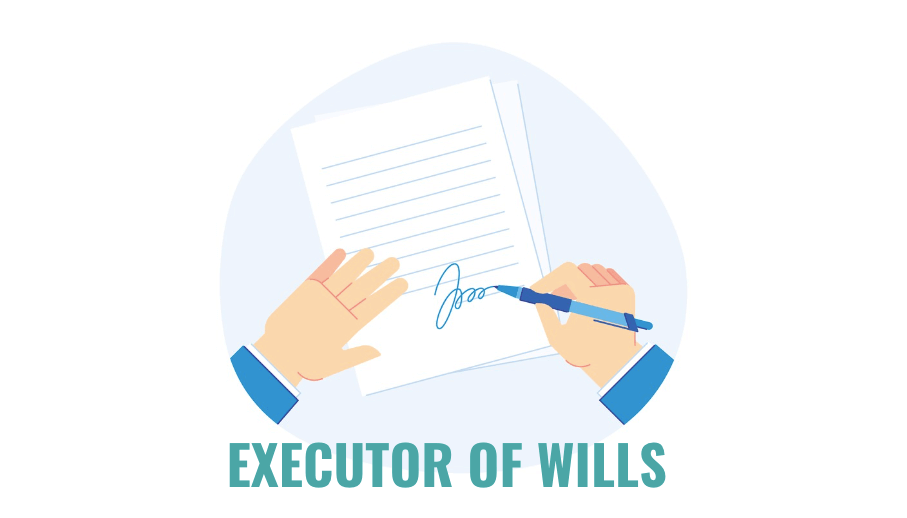Understanding the difference between legal and beneficial ownership is critical to ensuring that parties recognize their rights and obligations. This is important for those who already own property, but also for those who are purchasing or acquiring an interest in property; knowing the options and exploring how to best structure ownership (including bare trusts and tenancies) based on individual needs and specific circumstances will help to save money in the long-term.
Legal Ownership refers to person(s) whose name appear on title of a property. Those people hold the legal deed or ownership of the property.
Beneficial Ownership refers to person(s) who enjoy and are privy to benefits of a property, including rights to use, reside at and /or earn income from the property.
Commonly, the legal and beneficial owner of a property is the same person (the rights are merged). However, there are circumstances in which the legal and beneficial ownerships can be split.

For example, a property may be held by one person (legal owner) in trust for another (beneficial owner). Such is commonly the case when:
- Property is held for the benefit of a minor child or dependent.
- An owner requires a co-borrower in order to qualify for a mortgage.
Ex: Ariel wants to buy a property for herself, but cannot qualify for a mortgage without a co-borrower. Her father, Tritan, is willing to co-sign the mortgage but must be a primary borrower (not guarantor), meaning that he must be a legal owner of title. Therefore, they decide that Tritan will (legally) hold 1% of title (with Ariel legal owning 99%) in order to fulfil the mortgage requirements, but the intention is that Ariel remains the sole (100%) beneficial owner.
Note: when legal and beneficial ownership does not match, owners have legal reporting obligations under the Land Owner Transparency Act (LOTA).
If you are buying property or have questions about how your current ownership is structured, we can help!







